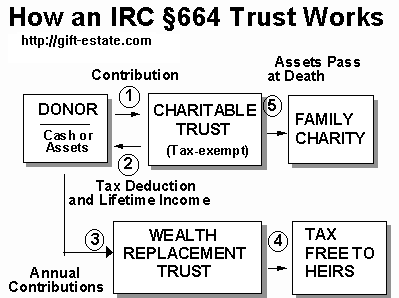Tools for Tax Relief

Taxed to Death?
Powerful Tools and New Tax Laws
Taxes, taxes, taxes — on what you make, what you save, what you buy, what you own and what you leave your kids. Are there solutions? You bet. Some of the country’s most progressive families have learned that many taxes are voluntary and only poor planning forces the unwary into paying more taxes than necessary. What’s the catch? You need to learn about and use the tools legally available to all, including those rarely discussed or understood.
Many people allow the “tax tail to wag the dog”, postponing decisions that would benefit their security and solve financial problems. For example, interested in selling your appreciated assets? If you have land, stocks, a farm, business or vacation property that has gone up in value and you dislike paying out tax on your paper profits, then there are alternatives to paying that hidden penalty. This tax on capital gain is kind of a sneaky way to generate revenue, since people object to the penalty of selling property, they wind up sitting on it until death. Then the estate tax, at rates up to 55%, has a chance to further nibble away at family assets.
After the Taxpayer Relief Act of 1997 was signed into law, there was a lot of talk about how helpful it was going to be. The early feeling was that the reduction in capital gains taxes would allow the sale of property without losing so much of the value to the IRS. Congress loudly touted this as a major development in their “tax relief” package. Now that the dust has settled; what a surprise, it seems people still object to paying the 20% tax to the IRS and the income tax at the state level (in Illinois, it’s 3%, other states are as high as 10%). What to do? Financial and estate planning specialists suggest using a special tax-exempt trust that benefits both family and community. These trusts bypass the payment of capital gains taxes on the sale of appreciated property and redirect dollars that otherwise would go to the IRS back to community or family charities.
What’s the advantage? If you want to:
- Increase your income
- Decrease your taxes
- Pass more assets to heirs
- Control the destination of your dollars
- Reinvest 100% of sale proceeds
- Favor family over the IRS
- Benefit charity instead of government
then one technique to consider is the Charitable Remainder Trust (CRT). This special financial planning tool has been available in its current format since 1969 as a §664 Trust. While often mentioned in passing as a powerful planning tool, it is rarely implemented. Why? It’s complicated and requires trained advisors to give the family the full benefit of all the available advantages. There are many nonprofit organizations that promote its use, but too often professional advisors and development officers lack the background to fully counsel their client-donors on the best way to make use of the CRT. Family business operations can also make use of these trusts as a device to ease the second and third generation’s transition into ownership and control while saving taxes. If a family expects heirs to eventually sell the business, then there are many more advantages to this technique.
If you want additional information on ways to avoid unnecessary tax and expense, call or write. If your professional advisors need to learn more about these techniques, have them check into the website at http://members.aol.com/CRTrust/CRT.html or contact one of our planning offices for a customized evaluation.